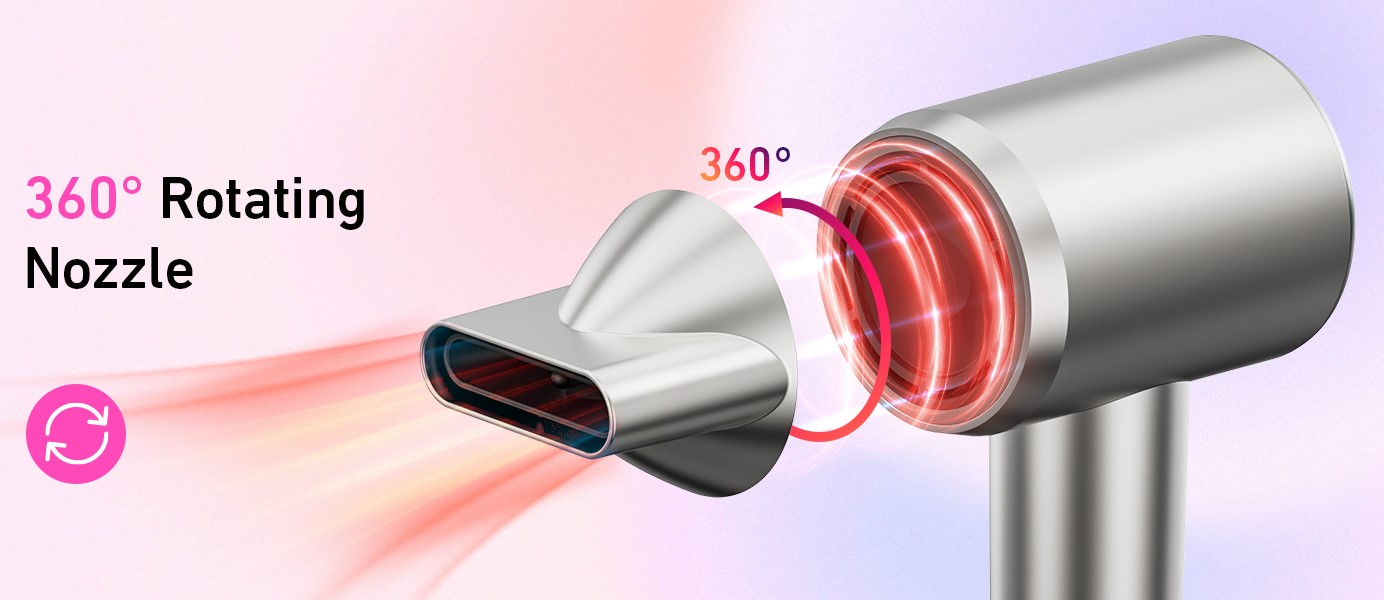
- Home
- Hair Dryer
- Best Picks
- Your Guide to Different Types of Hair Dryers
Your Guide to Different Types of Hair Dryers
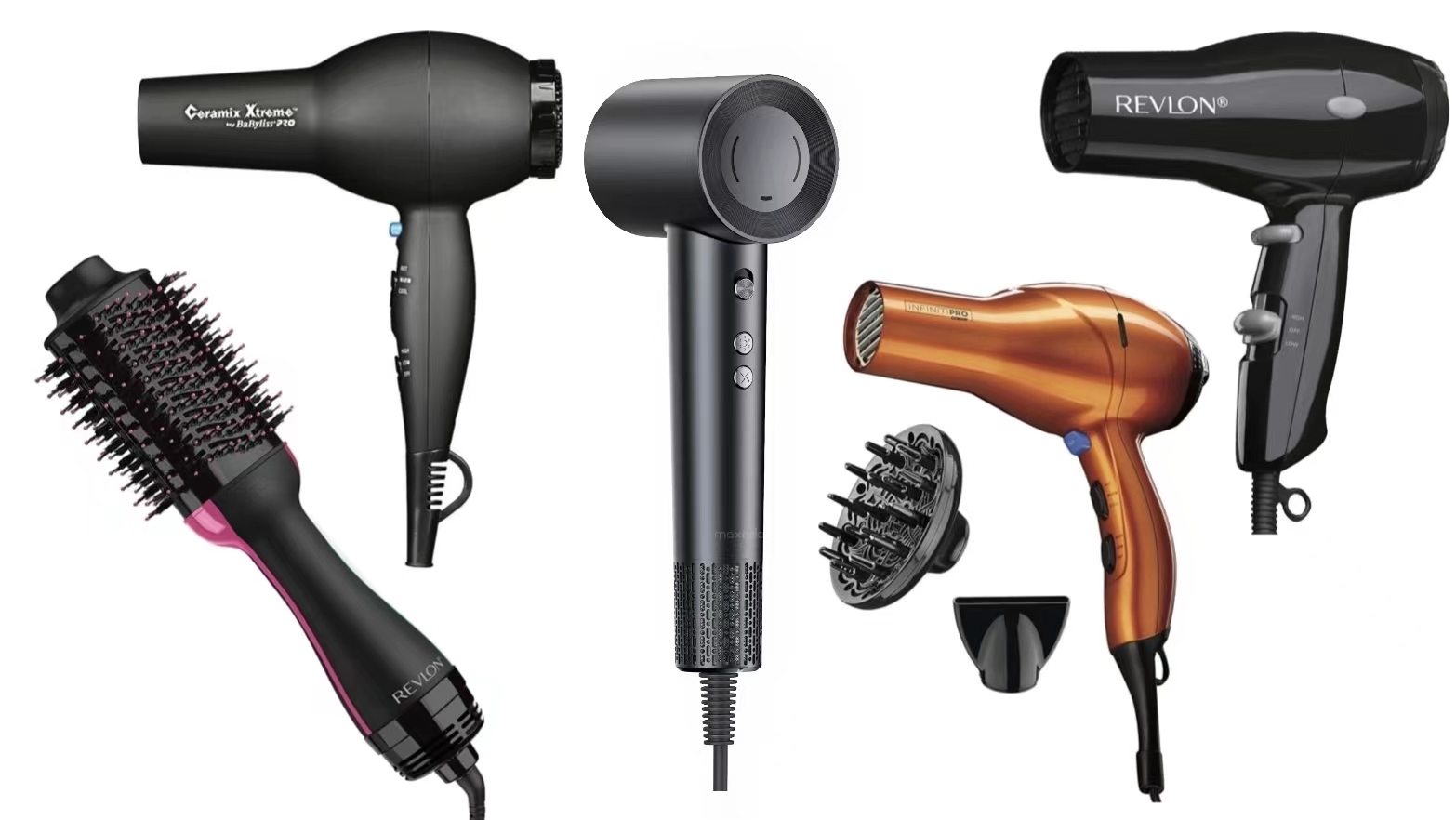
In the realm of personal grooming and styling, the humble hair dryer has evolved from a simple tool to a complex gadget packed with technology aimed at making hair drying and styling an easier, safer, and more efficient process. Whether you’re a professional stylist or someone looking to get that salon-quality look at home, understanding the different types of hair dryers and their features can significantly enhance your styling routine. This comprehensive guide will delve into various hair dryer types, their benefits, features, and how to choose the best one for your hair type.
1. Introduction to Hair Dryers
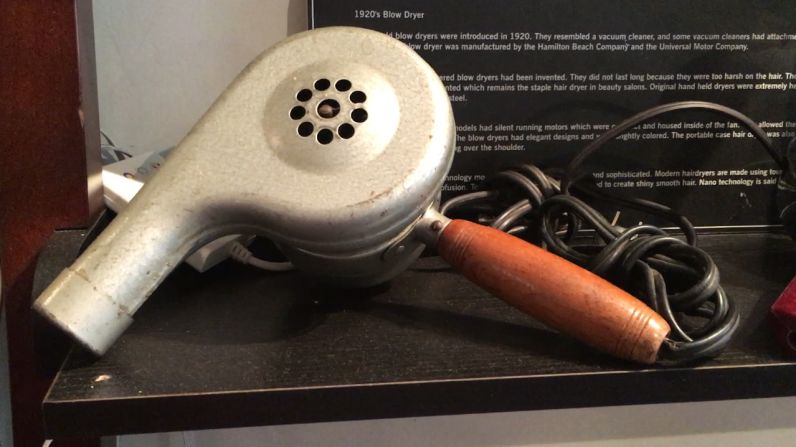
Hair dryers, also known as blow dryers, are electric devices used to dry and style hair. They work by blowing ambient or heated air over wet hair to accelerate the evaporation of water. Since the invention of the first handheld hair dryer in the early 20th century, these devices have become indispensable tools in hair care, undergoing numerous technological advancements to improve functionality and safety.
2. Basic Types of Hair Dryers
Describe this part in detail
Hair dryers come in a variety of types, each designed with specific technologies and benefits to cater to different hair needs and styling preferences. Here’s a detailed look at the basic types of hair dryers available in the market:
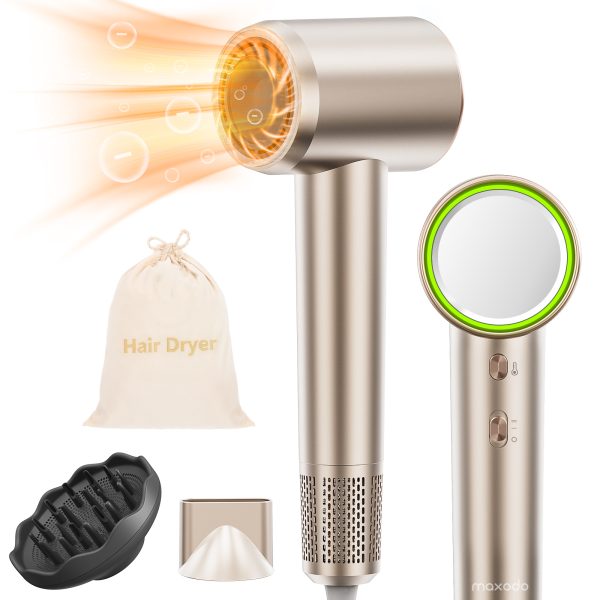
Ionic Hair Dryers: Ionic hair dryers are engineered to emit negative ions which interact with the positive ions in water molecules on your hair. This interaction causes the water molecules to break down faster, allowing for quicker drying times. The main advantage of ionic hair dryers is their ability to retain moisture within the hair shaft, reducing frizz and enhancing shine. This makes them particularly effective for those with thick, frizzy, or coarse hair. Additionally, because they reduce drying time, there is less heat exposure, which can be beneficial for hair health.
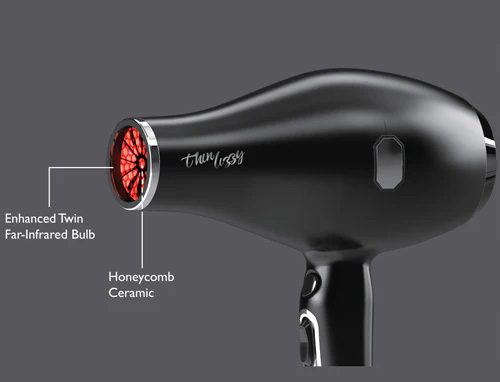
Ceramic Hair Dryers: Ceramic hair dryers use a ceramic coating or components that provide consistent and even heat distribution. They are known for their ability to regulate heat as ceramic naturally adjusts to the temperature, reducing the potential for extreme heat damage. The gentle infrared heat emitted helps to dry the hair from the inside out, which preserves the hair’s natural moisture and luster. This makes ceramic hair dryers suitable for a wide range of hair types, particularly for individuals with fine or dry hair that is more prone to damage.
Tourmaline Hair Dryers: Tourmaline hair dryers combine the properties of ionic and ceramic technologies but with the added benefit of the tourmaline mineral. When tourmaline, a semi-precious stone, is heated, it naturally emits an even larger amount of negative ions and far-infrared heat. The result is a very efficient drying process that also helps to smooth and seal the hair cuticle, reducing static and frizz. These hair dryers are particularly effective for those who struggle with frizz or have dull hair and are looking for a boost in shine and smoothness.
Titanium Hair Dryers: Titanium hair dryers are praised for their light weight and fast drying capabilities. Titanium is an excellent heat conductor, which allows these dryers to maintain stable temperature levels at higher settings. They are generally recommended for people with thick, dense hair because they can handle higher heat settings and speed up the drying process significantly. However, because of the intense heat they can generate, titanium hair dryers may not be the best choice for those with damaged or very fine hair, as the high temperatures can be more damaging.
Choosing Between Types
When choosing between these types of hair dryers, consider your hair type and main concerns:
For fine or damage-prone hair: Ceramic hair dryers are ideal as they provide gentle and even heat distribution.
For thick, coarse, or frizzy hair: Ionic or tourmaline hair dryers can be beneficial as they reduce drying time and smooth the hair cuticle.
For very thick or quick drying needs: Titanium might be the best choice due to its powerful heat output and quick drying capabilities.
3. Specialty Hair Dryers
Beyond the basic types of hair dryers, there are specialty models designed to cater to specific styling needs or situations. These specialized hair dryers offer unique features and conveniences that can enhance your hair care routine, especially if you have particular requirements due to your hair type, lifestyle, or styling preferences. Here’s an overview of some common specialty hair dryers:
Professional Hair Dryers: Professional hair dryers are built for durability and performance, making them a favorite in salons and among hairstyling enthusiasts. These dryers typically feature powerful motors, advanced ionic, ceramic, or tourmaline technology, and multiple settings for heat and speed. They are designed to handle prolonged use and provide consistent results. Professional models often come with several attachments like diffusers, concentrators, and combs to accommodate a variety of styling techniques. They may also have a longer lifespan and better ergonomics to reduce fatigue during extended use.
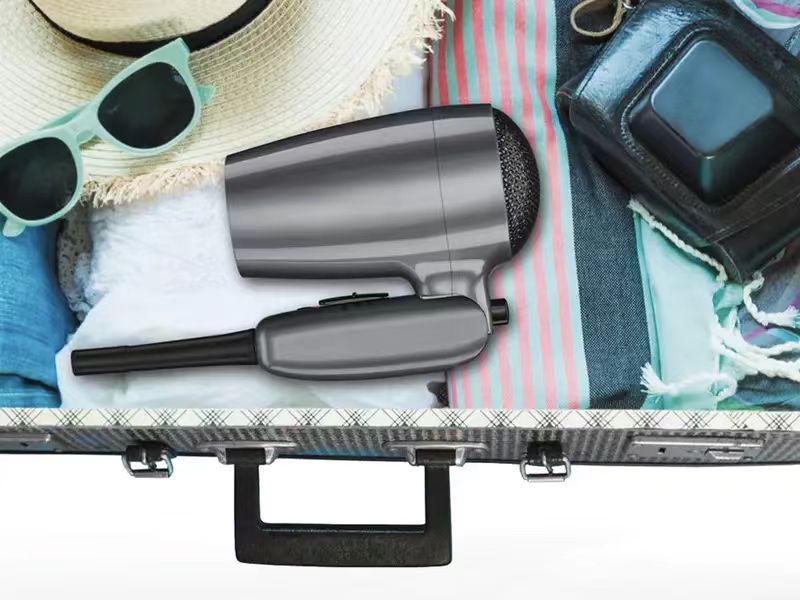
Travel Hair Dryers: Travel hair dryers are designed for portability and convenience, making them ideal for those who often need to style their hair on the go. These compact models generally fold up to take up less space in luggage and often feature dual voltage capabilities, which allow them to be used internationally without requiring a voltage converter. While they might not have the same power as full-sized models, modern travel hair dryers have improved significantly in terms of performance and can adequately meet basic drying and styling needs while traveling.

Bonnet Hair Dryers: Bonnet hair dryers, also known as hooded dryers, consist of a large hood that you can pull over your head to evenly distribute heat. These dryers are excellent for setting styles, deep conditioning treatments, and drying hair rolled on curlers or rods. They provide gentle, even heat and can be very useful for those with curly or textured hair, as they help maintain the hair’s natural pattern without disrupting its structure. Bonnet dryers can be freestanding or come with a soft hood that attaches to a handheld dryer.
4. Features to Consider When Choosing a Hair Dryer
Wattage: The power of a hair dryer is measured in watts. Higher wattage means more power, which can translate to faster drying times. However, more power can also mean more heat damage if not used correctly.
Heat and Speed Settings: Adjustable heat and speed settings allow you to control the airflow and temperature, which can be crucial for protecting your hair from heat damage. Look for models with at least three settings for each to get the best results.
Cool Shot Button: A cool shot button provides a blast of cool air that is essential for setting the final look. It helps to seal the hair cuticles, setting the hair style and adding shine.
Attachments: Attachments like diffusers, concentrators, and piks can optimize styling for specific hair types and styles. Diffusers are great for curly hair, concentrators focus the airflow for precise styling, and piks help straighten curly hair.
5. How to Choose the Right Hair Dryer for Your Hair Type
Selecting the best hair dryer for your specific hair type can significantly enhance your hair’s health and styling results. Here are clear guidelines on how to match different hair dryer technologies with your hair characteristics:
For Fine or Thin Hair
Choose: Ceramic Hair Dryers
Why: Ceramic hair dryers provide gentle and even heat that prevents damage by not over-drying thin or fine strands. Their ability to regulate heat helps maintain hair integrity and prevents weakening of the hair shaft.
Tip: Use a low to medium heat setting to avoid causing heat damage.
For Thick, Coarse, or Frizzy Hair
Choose: Ionic or Tourmaline Hair Dryers
Why: These dryers emit negative ions that break down water molecules faster, reducing drying time and minimizing heat exposure. Ionic and tourmaline technologies also help to tame frizz and seal the cuticle, enhancing shine and smoothness.
Tip: Look for models with multiple heat settings to adjust according to the density and texture of your hair.
For Damaged or Chemically Treated Hair
Choose: Ceramic or Ionic Hair Dryers
Why: Both types provide gentle heating options that minimize further damage to weakened hair. Ceramic dryers especially offer consistent heat that can help nourish and protect hair during drying.
Tip: Utilize the lowest heat setting and consider a dryer with a cool shot button to finish styling with minimal heat exposure.
6. Safety Tips for Using Hair Dryers

To ensure both the safety and effectiveness of your hair drying routine, it’s crucial to follow certain precautions. Here are some essential safety tips that will help protect you and your hair while using a hair dryer:
Regular Maintenance: Always keep the lint filter clean. A clogged lint filter can severely reduce airflow, which can lead to overheating of the hair dryer. Regular cleaning helps maintain the dryer’s efficiency and prevent potential fire hazards due to overheating.
Proper Usage: Avoid holding the hair dryer too close to your hair. Keeping the dryer at least six inches away from your hair helps prevent heat damage and overheating of the hair strands. It also ensures even distribution of air for better styling.
Heat Protection: Always use a heat protectant product before drying your hair. Heat protectants form a protective barrier on the surface of the hair, minimizing moisture loss and shielding the hair from direct heat. This step is crucial for maintaining healthy hair and avoiding heat-related damage.
Conclusion
Choosing the right hair dryer is about balancing your specific hair needs with the features that can best meet those needs. Whether you prioritize speed, health, or styling precision, there’s a hair dryer out there that’s perfect for you. Understanding these different types and what they offer can help you make a more informed decision and ultimately, achieve better hair health and styling results.
With advancements in technology continuously shaping the market, staying informed about these tools ensures that you’re always equipped to achieve the best results for your hair type, all while protecting it from damage. Happy styling!
Popular Post

Ultimate Guide to Using a Hair Dryer with Nozzle for Styling

The Benefits of Using a Hair Dryer with a Diffuser



